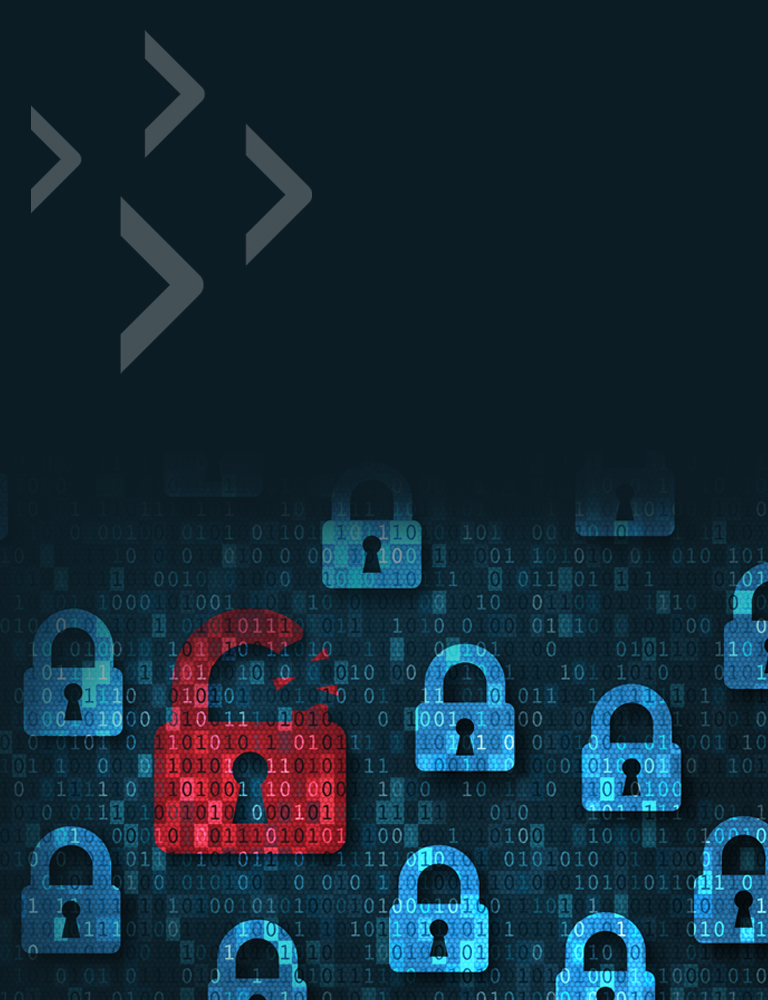Course Provider

What will you learn in this course?
After completing this course students will have the ability to:
- Describe signature-based and behavioral / heuristic detection methods
- List the capabilities of on-premise threat detection and mitigation tools
- Name the capabilities of hybrid and cloud threat detection and mitigation tools
- Recognize the importance of Enterprise threat detection monitoring
Managing Information Security (SKO 0901)
-
 Skill Type
Emerging Tech
Skill Type
Emerging Tech -
 Domain
cyber security
Domain
cyber security -
 Course Category
Deepskilling Course
Course Category
Deepskilling Course -
 Certificate Earned Joint Co-Branded Participation Certificate
Certificate Earned Joint Co-Branded Participation Certificate -
 Nasscom Assessment Available
Nasscom Assessment Available -
 Course Covered under GoI Incentive
Yes
Course Covered under GoI Incentive
Yes -
-
 Course Price
INR 2,999
Course Price
INR 2,999 -
 Course Duration
10 Hours
Course Duration
10 Hours
-
Why should you take this course?
This course will provide you with the foundations on how to contribute to managing information security, plan your security incident response, detect threats and Learn how to take advantage of Microsoft's Azure. Security Services.
Who should take this course?
This course is designed for those who want to manage an enterprise security incident, while avoiding common errors, increasing both the effectiveness and efficiency of the incident response efforts.
Curriculum
- Module 1
- Introduction
- What is threat modelling?
- Key Takeaways from Cyberattacks
- Cyber Threat modelling
- NIST Cybersecurity Framework
- Prepare for a security incident
- Phases of a major response
- Recovery preparations
- Critical success factors
- Module 2
- Incident Response Policy, Plan, and Procedure Creation
- Creation of a CSIRT
- List for developing a CSIRT
- Team duties
- Team preparations
- Establishing team roles
- CSIRT communications
- Recovering your systems
- Key Takeaways
- Module 3
- The security incident report +H13
- Practice walking through a security incident report
- Next steps
FAQs
A security incident response is a planned and organized response to a security breach or cyber-attack. The objective of a security incident response is to limit the damage that has been caused, or may be caused, as a result of such a breach. It must also seek to reduce the time it takes to recover from the incident and limit the costs as much as possible.
Once you have completed this course, you will be able to:
• Describe signature-based and behavioral/heuristic detection methods.
• List the capabilities of on-premises threat detection and mitigation tools.
• Name the capabilities of hybrid and cloud threat detection and mitigation tools.
• Recognize the importance of Enterprise threat detection monitoring.
• Understand the current nature of the security threat landscape.
• Understand the new security architecture and features of Microsoft’s Azure.
• Understand key aspects of Azure Security services to help secure your services and data within Azure.
• Describe Azure security best practices.
• Understand the terminology, tools, and techniques for creating a secure resilient cloud service.
This course is run by our partner SkillUp Online. It is 100% online, and you do not need to attend any classes in person. You simply require adequate access to the internet and the required technology to be able to use the course materials, which come in the form of articles, videos, and knowledge checks. Plus, you will be able to connect easily with others on the course and your mentors through the discussion space.
As soon as you enroll for this course, you will have access to all the information and materials in your dashboard.
You need to be familiar with:
• The current cybersecurity ecosystem.
• Analysis of hacks on computers and networks.
• Basic risk management




